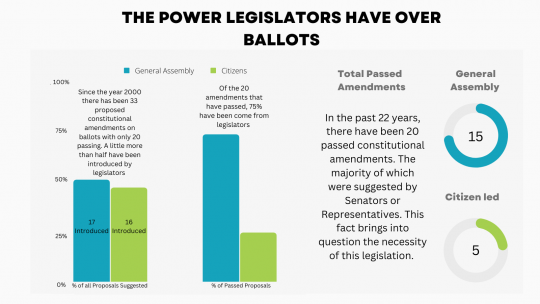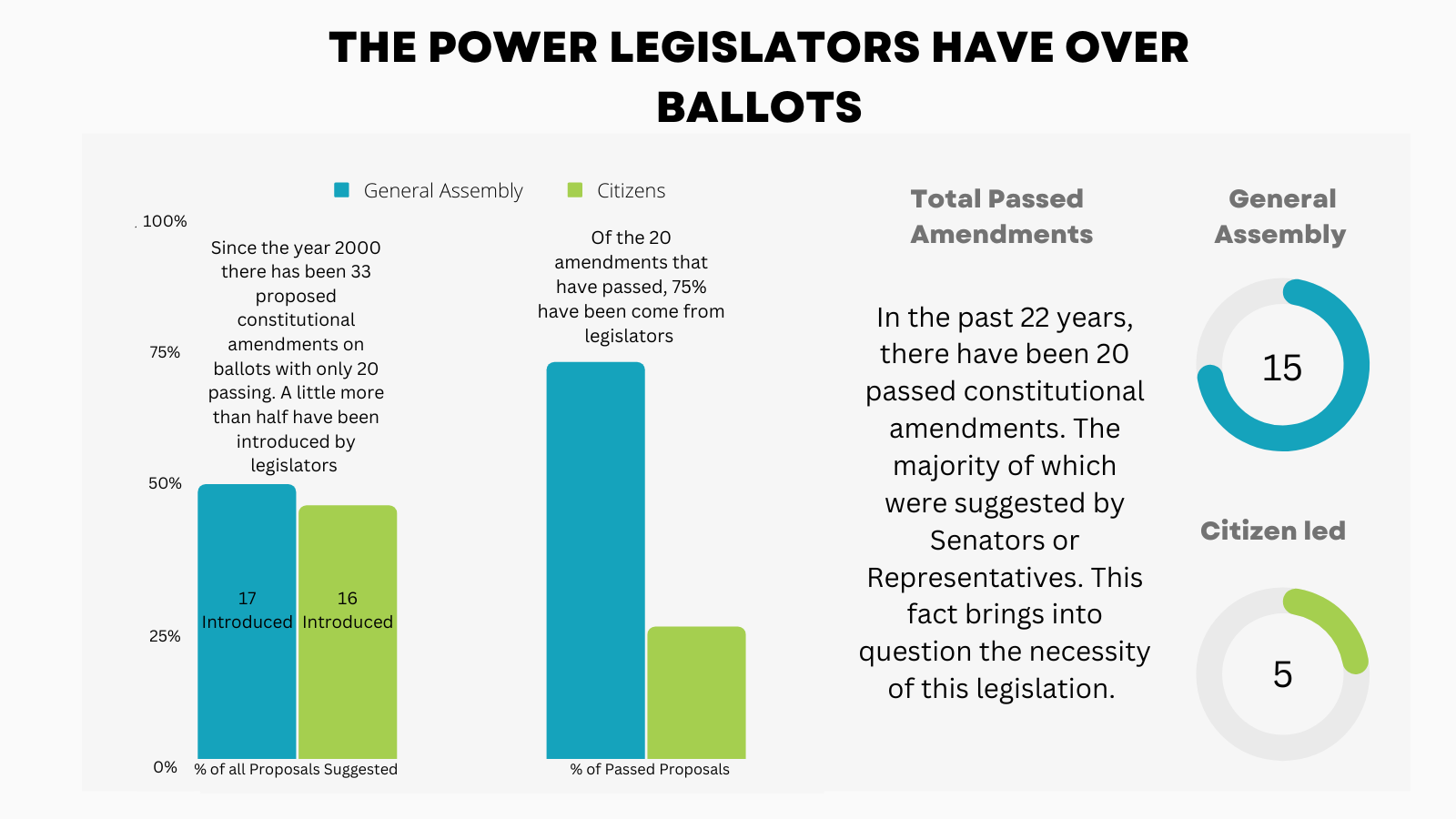Consolidation of Power, the Enemy of Children
By Matthew Tippit, Policy Associate | December 8, 2022
 The well-being of our children is inextricably tied to the well-being of our democracy.
The well-being of our children is inextricably tied to the well-being of our democracy.
However, for decades, growing partisan gerrymandering across the country has carved out districts that unfairly favor certain politicians or groups, creating a mismatch in the priorities of the people and those representing them. Even though the majority of Americans support greater investment in programs and services such as childcare, education, and health care, unfairly drawn districts have wrought havoc on child and family-centered policy priorities, stalling their progress at nearly every level of government across the country.
This issue of gerrymandering is seen no more clearly than right here, in Ohio, where redistricting maps deemed unconstitutional seven times by our state’s Supreme Court were permitted to be used to determine the outcomes of our recent 2022 midterm elections. And now, during Lame Duck session, Ohio lawmakers have introduced even more changes that, if passed, would further undermine child well-being and direct democracy by citizens.
Proposed in the Ohio House of Representatives by Rep. Brian Stewart (R-Ashville) in conjunction with Secretary of State Frank LaRose, House Joint Resolution 6 (HJR 6), the “Ohio Constitution Protection Amendment,” had its first hearing last week in the Ohio House Government Oversight Committee. If passed, HJR 6 would make it even more difficult than it already is for Ohio citizens to amend the state Constitution by raising the percentage of votes needed to pass a constitutional amendment ballot initiative from 50% to 60%. For context, ballot initiatives are the issues voters see on election day that ask a “yes” or “no” question. The specific ballot initiative under attack in HJR 6 is the citizen-led constitutional amendment ballot initiative. This citizen initiative is one form of direct democracy that enables Ohio citizens to bypass their state legislatures through the power of popular majority vote. Citizens must collect a required number of signatures to put language on the ballot that, if successfully garners enough votes on election day, would then amend the Ohio Constitution.
The proposed change to the percentage needed to pass for these initiatives would result in an even greater consolidation of power within Ohio’s legislature, making the power of citizens of Ohio to impact the laws that govern them that much harder to access. It is far less a Democrat versus Republican issue than it is an issue of citizens versus lawmakers. The impact on children would be immense, and unless we draw attention to it, it could go unnoticed.
In times when ballot measures have been a critical piece of progressing legislation in states across the nation, stripping the effectiveness away from Ohioans is a calculated move. For example, during this past midterm election, Colorado had a measure on the ballot to create a program that would provide free school lunches to all children in public schools. The measure passed 56% (1.3 mill votes) to 43% (1 mill votes). But here in Ohio, under the rule change proposed, a ballot initiative like the one from Colorado would have failed despite 300,000 more people wanting free lunch for children. For a visual, that is enough people to fill the Ohio Stadium three times.
It must also be pointed out that, since the year 2000, very few citizen led ballot initiatives have passed. Of the 20 ballot initiatives that passed, only five of them were introduced by citizens. And of those five, only two would have successfully passed under the proposed legislation increasing the percentage of votes needed to pass to 60%. This fact, and others shown in the graphic below, calls into question the need for this legislation. With so few citizen led ballot initiatives passing it is clear that this proposed changed attempts to correct an issue that does not exist.

To make matters worse, this isn’t the only power grab that threatens to distance Ohioans further from the power to directly participate in their government and influence the decisions made by leaders that impact their livelihoods. Senate Bill 178 is another example of legislation that would further consolidate power away from Ohioans. This bill would drastically change the responsibilities of the State Board of Education by transferring the bulk of the Board’s educational responsibilities to a new cabinet position in the governor’s office. This shift to the governor’s office would limit the ability of Ohio voters to give input into what public education priorities in Ohio look like. Further, the timing of the bill is suspect, following a midterm election that altered the partisan makeup of the Board, giving the appearance of a blatant power grab. The bill, introduced by Sen. Bill Reineke (R-Tiffin), will be heard this week in Ohio’s Senate with a possible vote.
HJR 6 is a danger to all Ohioans, especially to those who stand to lose the most and are not yet able to vote for their own interests: our children. It threatens our democracy, our voice, and our power as Ohio citizens.
With this degree of consolidation of power, the legislature could completely dismantle public education with no recourse by citizens to prevent it from happening.
We must draw attention to the harm and address these attacks on direct democracy head-on. These threats are severe and endanger Ohio for years to come.

